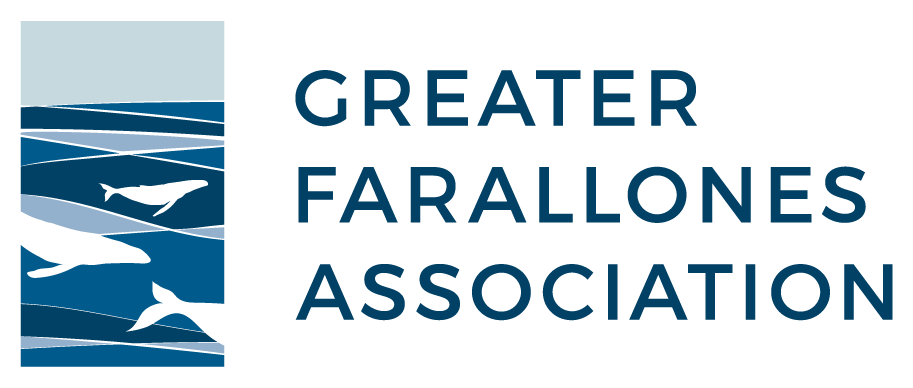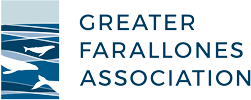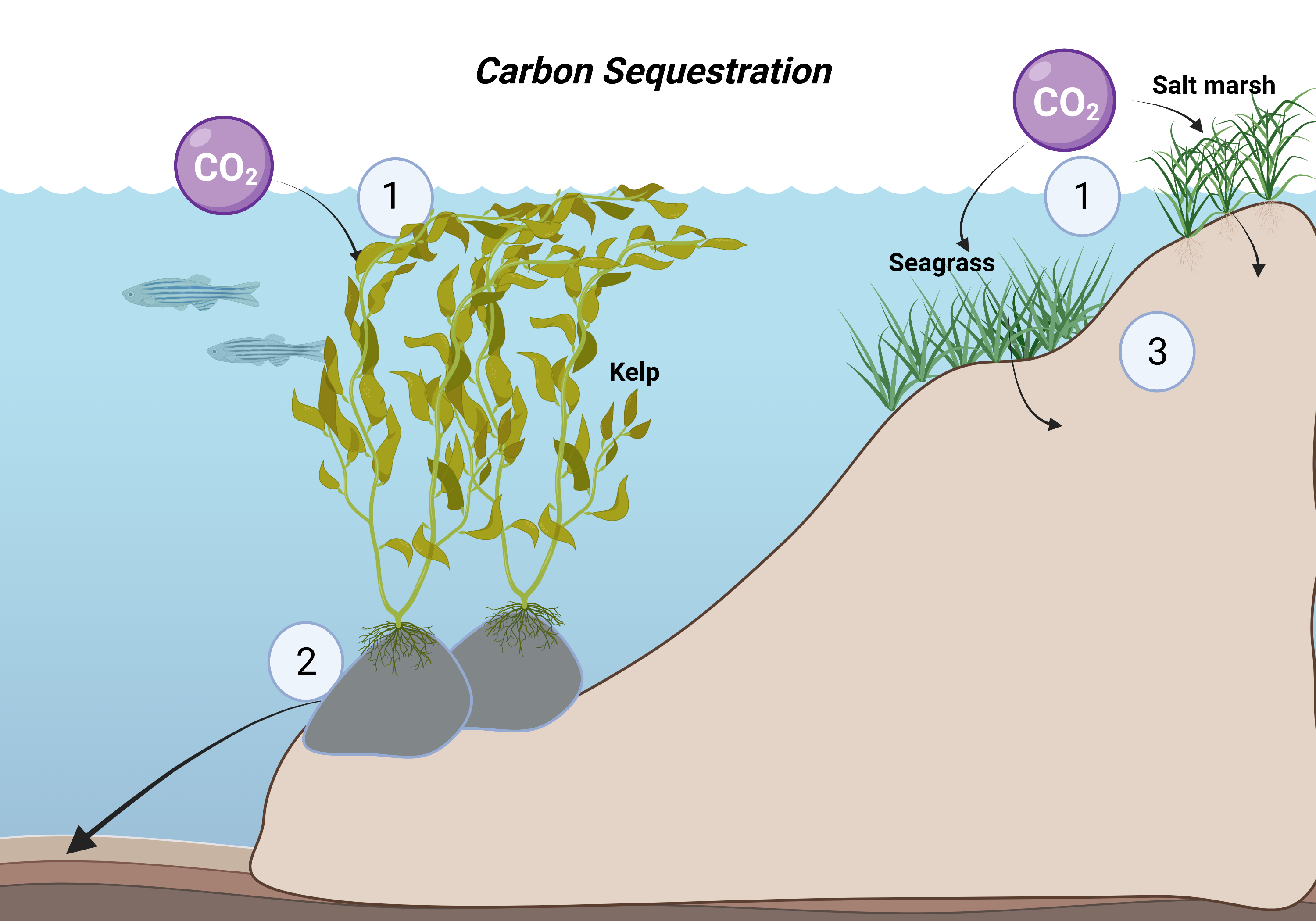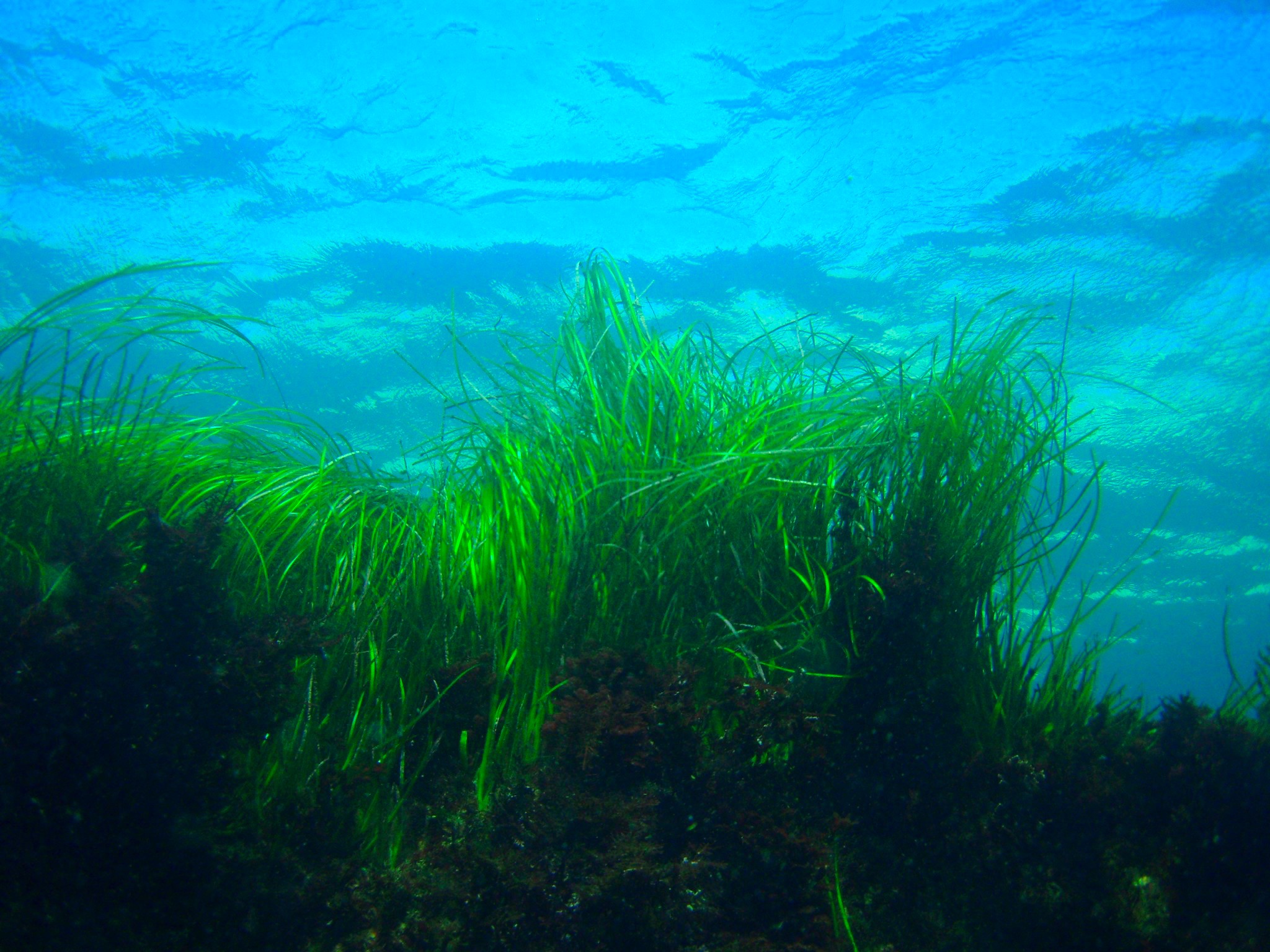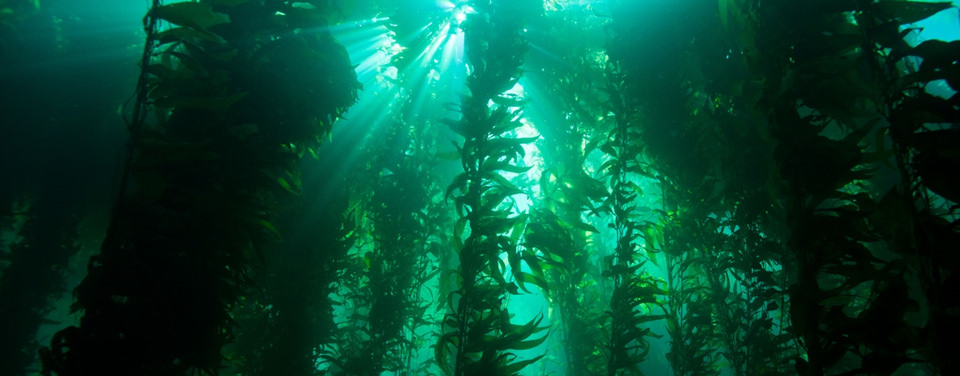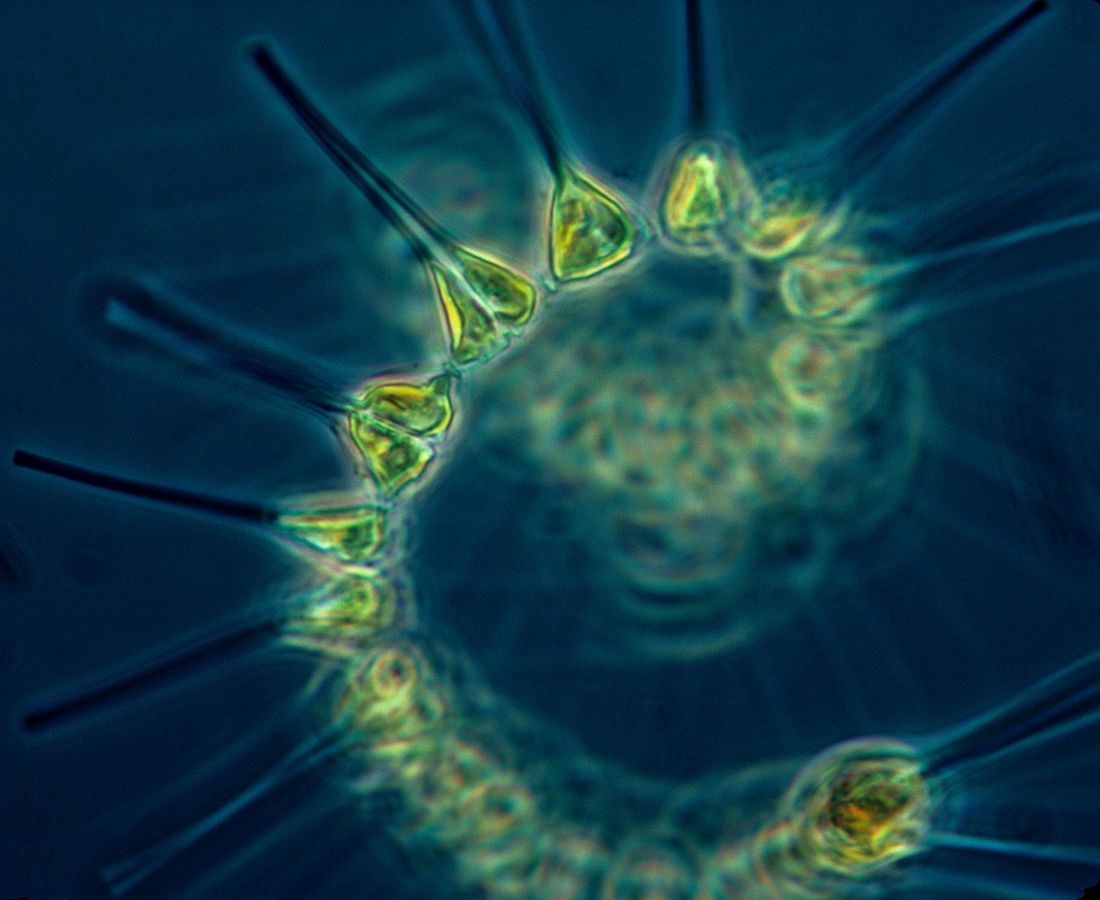FOR IMMEDIATE RELEASE
New Report Shows Greater Farallones National Marine Sanctuary and Other Marine Protected Areas Help Combat Climate Change with Blue Carbon
San Francisco’s National Marine Sanctuary is leading the way on emerging international effort to study and protect blue carbon
SAN FRANCISCO, October 4, 2021 — Marine protected areas (MPAs), including national marine sanctuaries, safeguard important ecosystems for marine species. A new report, published by the National Oceanic and Atmospheric Administration’s (NOAA) Office of National Marine Sanctuaries (ONMS), “Blue Carbon in Marine Protected Areas,” indicates that they can also help fight climate change.
Greater Farallones Association (the Association) climate lead Sara Hutto, who also coordinates the Greater Farallones National Marine Sanctuary’s (the Sanctuary) Climate Program, was the lead researcher and author on the joint report, which found that protected coastal and ocean habitats play a significant role in removing carbon from the atmosphere and storing it indefinitely beneath the sea, helping to reduce the impacts from climate change.
“These exciting new findings confirm that the Sanctuary protects habitats that act as carbon sinks, locking away carbon while maintaining a healthy and productive food web,” says Hutto. The Sanctuary includes 3,295 square miles of federally-protected ocean along California’s northern and central coast.
Blue carbon refers to carbon captured by the world’s ocean and coastal ecosystems. Blue carbon habitats and processes like salt marshes, seagrass beds, mangroves, kelp forests, plankton, and whale falls, mitigate climate change by removing carbon dioxide from the atmosphere or surface waters and transporting it into sediments or deep waters, where it can be stored indefinitely, as long as it’s not disturbed. MPAs protect blue carbon ecosystems that are essential for achieving global carbon mitigation and emission reduction goals.
The “Blue Carbon in Marine Protected Areas” report, published as part of the ONMS’ Conservation Series, includes two parts: “Part 1: A Guide to Understanding and Increasing Protection of Blue Carbon,” released in August 2021, provides a roadmap for ONMS and MPA managers around the world to incorporate blue carbon processes into management decisions; and “Part 2: A Blue Carbon Assessment of Greater Farallones National Marine Sanctuary,” released September 27, 2021, quantifies for the first time select blue carbon habitats and processes for the Sanctuary, and can serve as a model assessment for other sites in the National Marine Sanctuary System and in other coastal habitats around the world.
Maria Brown, Superintendent of the Greater Farallones and Cordell Bank National Marine Sanctuaries, leads an international effort to better understand and protect blue carbon. “We are committed to ensuring blue carbon habitats and processes are protected; that we understand them and restore them,” says Superintendent Brown. The two sanctuaries protect more than 4,500 square miles of ocean off the shores of San Francisco.
On behalf of the Sanctuary, Hutto will present the findings of the “Blue Carbon in Marine Protected Areas” report at the International Blue Carbon Conference, November 11-12, 2021, in Edinburgh, Scotland, coinciding with the 2021 United Nations Climate Change Conference (COP26).
The Sanctuary and Association are working to better understand the amount of carbon currently stored in the Sanctuary’s habitats and sediments, and the amount of carbon that is annually sequestered through various processes including through kelp growth and export to the deep sea, whale deadfalls, and plant growth and burial in coastal habitats.
The “Blue Carbon in Marine Protected Areas” report was supported by Greater Farallones National Marine Sanctuary and Tomberg Family Philanthropies.
________
View the Report:
Farallones.org/climate/blue-carbon/
Sanctuaries.noaa.gov/science/conservation/conservation_reports.html
Learn more about the Greater Farallones Ocean Climate Program:
Farallones.org/climate/
Farallones.noaa.gov/manage/climate/
Support the Ocean Climate Program: Farallones.org/donate/
More on the Web:
Farallones.org
Facebook.com/Farallones/
Twitter.com/FarallonesNews/
Instagram.com/farallonesnews/
________
Greater Farallones Association (GFA) is a 501(c)(3) nonprofit that helps conserve, research, and protect the Greater Farallones National Marine Sanctuary, a federally-designated region encompassing 3,295 square miles of coastal waters and open ocean off the California coast. Our mission is to help preserve, monitor, research, educate about, and enhance the Greater Farallones National Marine Sanctuary. Our organization is unique in that every program incorporates local communities in achieving its goals. We engage nearly 14,000 adults and youth per year in our educational programs, and empower citizens to take a hands-on role in monitoring and conserving Sanctuary waters, wildlife, and coastlines. We are committed to high-impact programs rooted in science that provide educational opportunities for our community and protect the environment around us.
Farallones.org
Greater Farallones National Marine Sanctuary
Designated in 1981, Greater Farallones National Marine Sanctuary protects the wildlife and habitats of one of the most diverse and bountiful marine regions in the world, covering 3,295 square miles off the north-central California coast. This extraordinarily rich, diverse, internationally significant ecosystem encompasses marine habitats including open ocean and estuaries, rocky shores, wetlands and sandy beaches. The sanctuary supports major populations of endangered blue and humpback whales, sea lions, and dolphins. It sustains the largest breeding seabird rookery in the contiguous United States, an important population of white sharks, valuable fisheries, marine invertebrates and hundreds of shipwrecks. Through research, education, conservation and stewardship Greater Farallones sanctuary helps ensure these are preserved for future generations.
Farallones.noaa.gov/
###
Contact:
media@farallones.org
Attachments:
PDF 1: Conservation Series: Blue Carbon in Marine Protected Areas – Part 1
PDF 2: Conservation Series: Blue Carbon in Marine Protected Areas – Part 2
